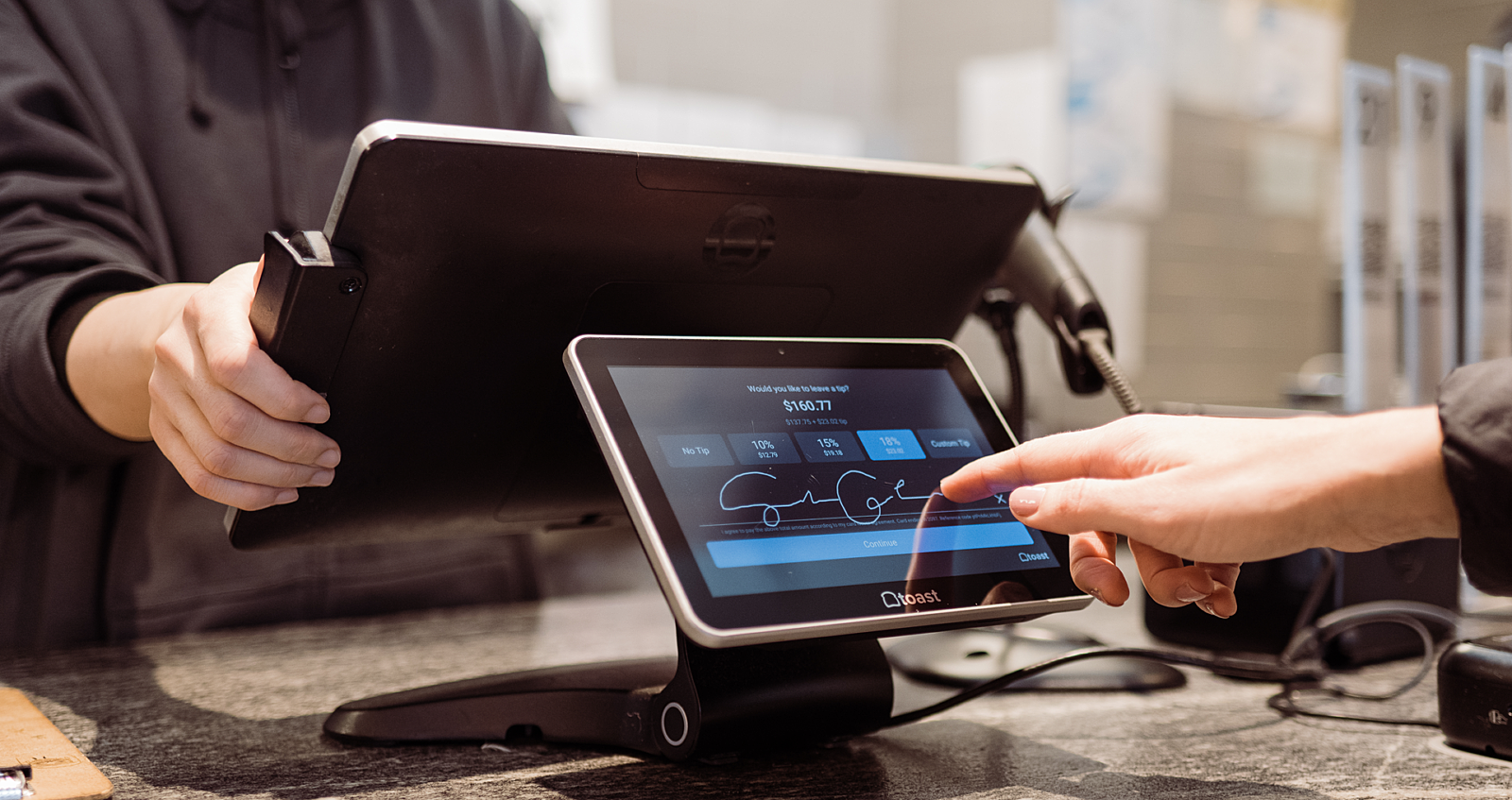In the digital world, user interfaces are constantly evolving to enhance user experience and interaction. One such element that has gained prominence is the tip screen. Whether in mobile applications, websites, or software programs, tip screens are designed to guide users by providing helpful information, instructions, or recommendations.
Understanding the Tip Screen
A tip screen is an on-screen prompt, message, or pop-up that offers useful tips, guidance, or contextual information to users. It is commonly used in mobile apps, websites, and software interfaces to help users navigate features, understand functionality, and optimize their experience.
These screens often appear when a user first opens an application, interacts with a new feature, or completes a specific action. A well-designed tip screen enhances user experience by reducing confusion and providing quick insights into an application’s features.
Purpose of a Tip Screen
The primary goal of a tip screen is to enhance user understanding and ensure a smooth experience. Some key purposes include:
- Onboarding New Users – A tip screen introduces new users to an app or software’s key features, helping them get started quickly.
- Highlighting Key Features – It draws attention to important functionalities that users might overlook.
- Providing Contextual Help – Users receive tips based on their interactions, improving usability.
- Reducing Friction – Instead of requiring users to read lengthy manuals, tip screens provide quick and digestible information.
- Boosting Engagement – Well-crafted tip screens encourage users to explore more features, increasing retention rates.
Types of Tip Screens
1. Introductory Tip Screens
These appear when users launch an application for the first time. They provide a basic overview of how to use the app and its essential functions.
2. Feature Highlights
When new features are introduced, tip screens notify users about their purpose and how to access them.
3. Contextual Tips
These appear when users perform certain actions, offering relevant guidance at the right time.
4. Tooltip Pop-Ups
Small pop-up messages appear when users hover over an element or tap on an icon.
5. Error Prevention Tips
When users make a mistake, a tip screen provides corrective guidance to prevent errors.
Benefits of Tip Screens
A well-designed tip screen offers numerous advantages to both users and businesses.
1. Improved User Experience
Tip screens eliminate confusion by guiding users effectively, leading to a seamless experience.
2. Higher Engagement and Retention
Users are more likely to continue using an application if they understand its features and functionalities.
3. Reduced Support Requests
By addressing common issues through tip screens, businesses can reduce customer support inquiries.
4. Increased Feature Adoption
Users may not explore all available features, but a tip screen can encourage them to try new functionalities.
5. Time-Saving for Users
Instead of searching for tutorials or instructions, users receive instant guidance, saving them time.
Best Practices for Creating Effective Tip Screens
To ensure that tip screens enhance rather than disrupt user experience, follow these best practices:
1. Keep It Short and Clear
Users do not want to read lengthy explanations. Keep tip screens concise, to the point, and easy to understand.
2. Use Simple and Visual Design
Incorporate icons, images, or animations to make tips visually engaging and easy to grasp.
3. Make It Contextual
Tips should appear at the right time and place, aligning with the user’s current action or need.
4. Allow Users to Dismiss Tips
Users should have the option to close or skip tip screens to avoid frustration.
5. Avoid Overloading Information
Present one tip at a time rather than overwhelming users with multiple instructions at once.
6. Test and Optimize
Regularly test tip screens with real users and make adjustments based on feedback to improve effectiveness.
Examples of Tip Screens in Popular Applications
1. Mobile Apps
- WhatsApp uses tip screens to introduce new privacy features and settings.
- Instagram displays tooltips to explain how Reels and Stories work.
2. Websites
- Google Docs shows pop-up tooltips to highlight new editing features.
- E-commerce websites use tip screens to guide users through checkout processes.
3. Software and Desktop Applications
- Microsoft Office provides interactive tips to help users discover advanced functionalities.
- Adobe Photoshop uses tip overlays to introduce new tools and shortcuts.
How Businesses Can Leverage Tip Screens
Businesses can use tip screens strategically to enhance user experience, boost engagement, and drive conversions.
1. Improve Customer Onboarding
A smooth onboarding experience ensures that new users quickly understand how to use a product.
2. Promote New Features
When releasing updates, businesses can use tip screens to showcase new functionalities and encourage adoption.
3. Provide Proactive Customer Support
Rather than waiting for users to contact support, businesses can proactively offer guidance through tip screens.
4. Encourage User Actions
Tip screens can be used to nudge users towards completing specific actions, such as signing up for a service or making a purchase.
Common Mistakes to Avoid When Implementing Tip Screens
1. Overusing Tip Screens
Excessive tips can be annoying and disrupt the user experience.
2. Using Too Much Text
Users prefer quick insights rather than reading long explanations.
3. Making It Mandatory
Forcing users to go through tip screens without an option to skip can frustrate them.
4. Not Updating Tips
Tip screens should be updated regularly to reflect changes in the app or software.
5. Ignoring User Feedback
Listening to user feedback helps refine tip screens for better effectiveness.
Conclusion
A tip screen is a valuable tool that enhances user experience by providing helpful guidance and contextual tips. Whether used in mobile apps, websites, or software programs, tip screens play a crucial role in onboarding, feature discovery, and user engagement.
By following best practices, businesses can ensure that tip screens are concise, visually engaging, and strategically placed, ultimately leading to a better user experience and increased customer satisfaction.


